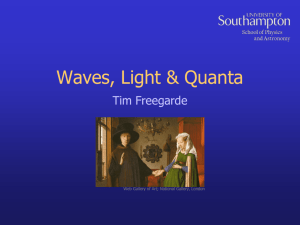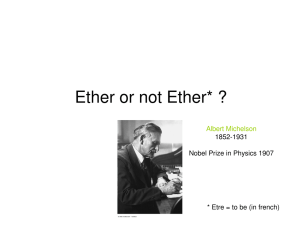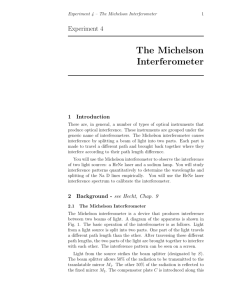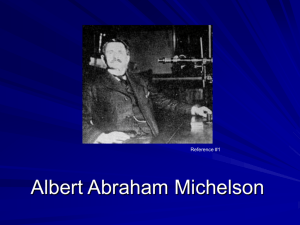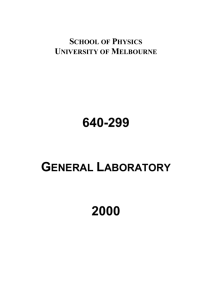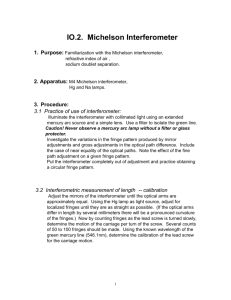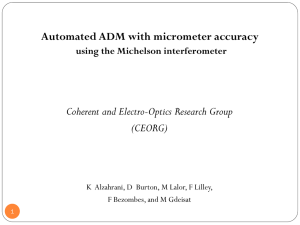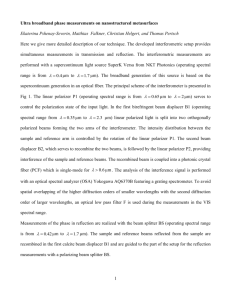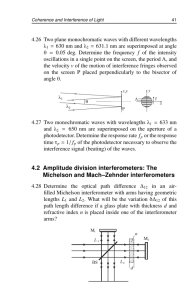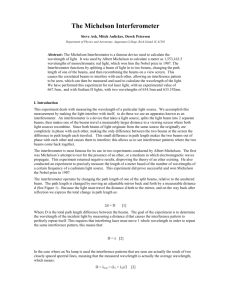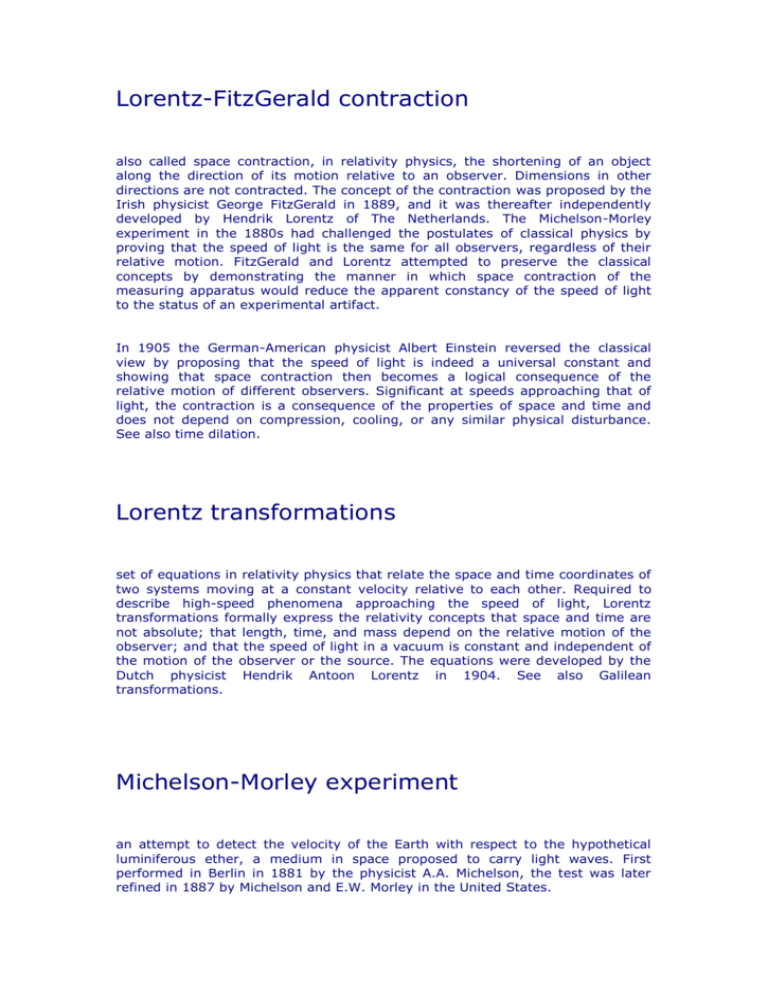
Lorentz-FitzGerald contraction
also called space contraction, in relativity physics, the shortening of an object
along the direction of its motion relative to an observer. Dimensions in other
directions are not contracted. The concept of the contraction was proposed by the
Irish physicist George FitzGerald in 1889, and it was thereafter independently
developed by Hendrik Lorentz of The Netherlands. The Michelson-Morley
experiment in the 1880s had challenged the postulates of classical physics by
proving that the speed of light is the same for all observers, regardless of their
relative motion. FitzGerald and Lorentz attempted to preserve the classical
concepts by demonstrating the manner in which space contraction of the
measuring apparatus would reduce the apparent constancy of the speed of light
to the status of an experimental artifact.
In 1905 the German-American physicist Albert Einstein reversed the classical
view by proposing that the speed of light is indeed a universal constant and
showing that space contraction then becomes a logical consequence of the
relative motion of different observers. Significant at speeds approaching that of
light, the contraction is a consequence of the properties of space and time and
does not depend on compression, cooling, or any similar physical disturbance.
See also time dilation.
Lorentz transformations
set of equations in relativity physics that relate the space and time coordinates of
two systems moving at a constant velocity relative to each other. Required to
describe high-speed phenomena approaching the speed of light, Lorentz
transformations formally express the relativity concepts that space and time are
not absolute; that length, time, and mass depend on the relative motion of the
observer; and that the speed of light in a vacuum is constant and independent of
the motion of the observer or the source. The equations were developed by the
Dutch physicist Hendrik Antoon Lorentz in 1904. See also Galilean
transformations.
Michelson-Morley experiment
an attempt to detect the velocity of the Earth with respect to the hypothetical
luminiferous ether, a medium in space proposed to carry light waves. First
performed in Berlin in 1881 by the physicist A.A. Michelson, the test was later
refined in 1887 by Michelson and E.W. Morley in the United States.
The procedure depended on a Michelson interferometer, a sensitive optical device
that compares the optical path lengths for light moving in two mutually
perpendicular directions. It was reasoned that, if the speed of light were constant
with respect to the proposed ether through which the Earth was moving, that
motion could be detected by comparing the speed of light in the direction of the
Earth's motion and the speed of light at right angles to the Earth's motion. No
difference was found. This null result seriously discredited the ether theories and
ultimately led to the proposal by Albert Einstein in 1905 that the speed of light is
a universal constant.
The Michelson interferometer consists of a half-transparent mirror that divides a
light beam into two equal parts (A and B), one of which is transmitted to a fixed
mirror and the other of which is reflected to a movable mirror. The interferometer
is turned so that half beam A is oriented parallel to the Earth's motion and half
beam B is perpendicular to it.
MICHELSON-MORLEY EXPERIMENT
Michelson-Morley Apparatus
In 1887 Albert Michelson and Edward Morley measured the speed of the earth
with respect to the ether, a substance postulated to be necessary for transmitting
light. Their method involved splitting a beam of light so that half went straight
ahead and half went sideways. If the apparatus (attached to the earth) moved
relative to the ether, then light going in one direction should travel at a different
speed than light going in the other, just as boats going downstream travel faster
than boats going across. No evidence of a difference in speed was found,
however, which led not only to the demise of the ether theory, but to the
development of the Special Theory of Relativity by Albert Einstein 18 years later.
Historically, the best-known interferometer is the one devised about 1887 by the
American physicist Albert Michelson for an experiment he conducted with the
American chemist Edward Morley. The experiment was designed to measure the
absolute motion of the earth through a hypothetical substance called the ether,
erroneously presumed to exist as the carrier of light waves. Were the earth
moving through a stationary ether, light traveling in a path parallel to the earth's
direction of motion would take longer to pass through a given distance than light
traveling the same distance in a path perpendicular to the earth's motion. The
interferometer was arranged so that a beam of light was divided along two paths
at right angles to each other; the rays were then reflected and recombined,
producing interference fringes where the two beams met. If the hypothesis of the
ether were correct, as the apparatus was rotated the two beams of light would
interchange their roles (the one that traveled more rapidly in the first position
would travel more slowly in the second position), and a shift of interference
fringes would occur. Michelson and Morley failed to find such a shift, and later
experiments confirmed this. Today the propagation of electromagnetic waves
through empty space has replaced the concept of the ether.
Interferometer
INTRODUCTION
Interferometer, instrument that utilizes the phenomenon of interference of light
waves for the ultraprecise measurement of wavelengths of light itself, of small
distances, and of certain optical phenomena. Because the instrument measures
distances in terms of light waves, it permits the definition of the standard meter
in terms of the wavelength of light (see Metric System).
Many forms of the instrument are used, but in each case two or more beams of
light travel separate optical paths, determined by a system of mirrors and plates,
and are finally united to form interference fringes. In one form of interferometer
for measuring the wavelength of monochromatic light, the apparatus is so
arranged that a mirror in the path of one of the beams of light can be moved
forward through a small distance, which can be accurately measured, thus
varying the optical path of the beam. Moving the mirror through a distance equal
to one-half of the wavelength of the light causes one complete cycle of changes in
the pattern of interference fringes. The wavelength is calculated by measuring the
number of cycles caused by moving the mirror through a measured distance.
II USES
When the wavelength of the light used is known, small distances in the optical
path can be measured by analyzing the interference patterns produced. This
technique is used to measure the surface contours of telescope mirrors. The
refractive indices of substances are also measured with the interferometer, the
refractive index being calculated from the shift in interference fringes caused by
the retardation of the beam. The principle of the interferometer is also used to
measure the diameter of large stars, such as Betelgeuse. Because modern
interferometers can measure very tiny angles, they are further used—again, on
such nearby giants as Betelgeuse—to gain images of actual brightness variations
on the surfaces of such stars. This technique is known as speckle interferometry.
The interferometer principle has also been extended to other wavelengths, and it
is now widely employed in radio astronomy.
Microsoft® Encarta® Reference
Corporation. All rights reserved.
Library
2003.
©
1993-2002
Microsoft

